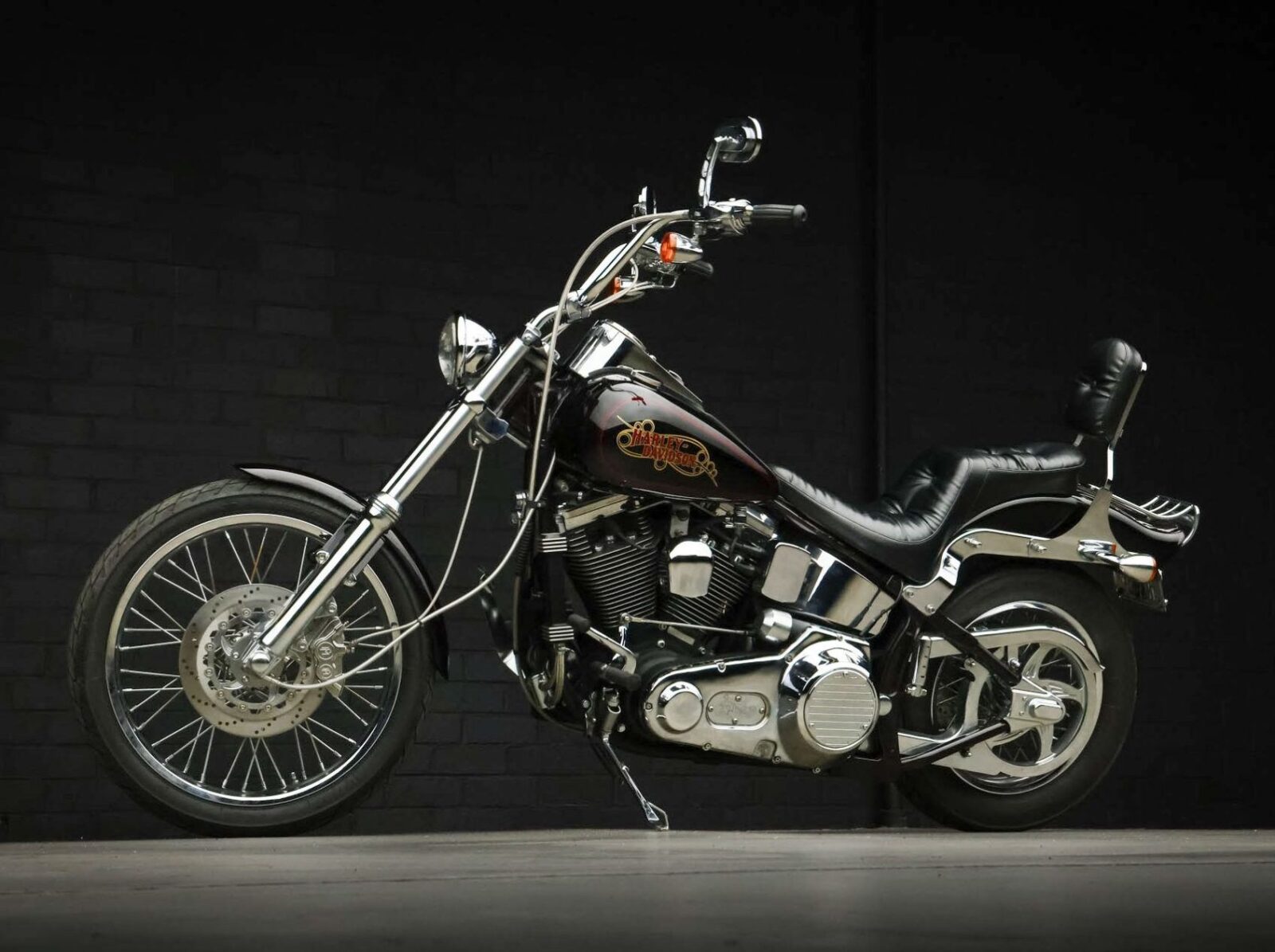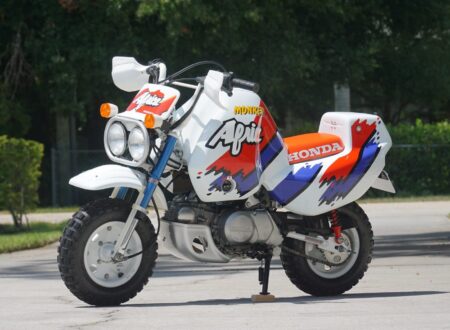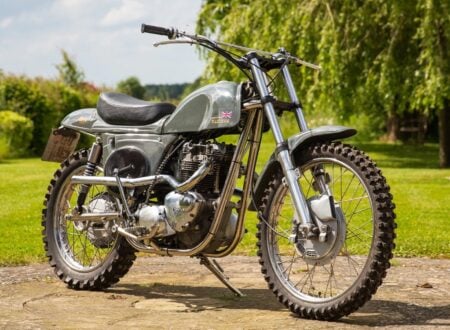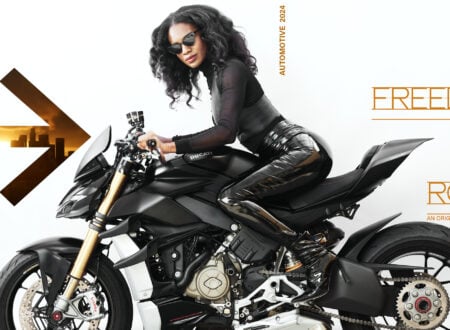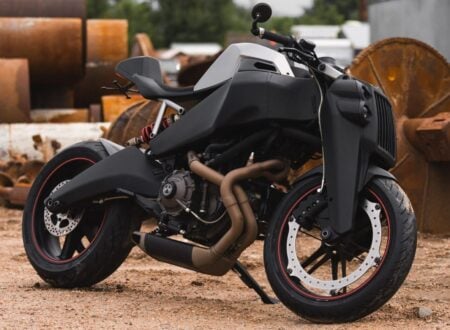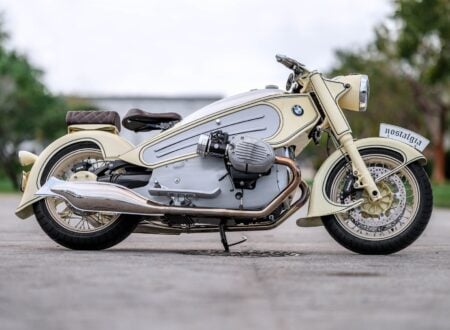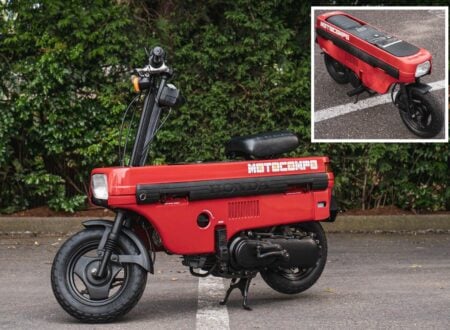This 1987 Harley-Davidson Softail Custom was bought new off the showroom floor by Steve Perry, best-known as the frontman and lead singer of rock band Journey.
In the decades since Perry bought the bike it’s accumulated just 557 miles on the odometer. It’s now being offered for sale out of Thousand Oaks, California with a previous title in the name of Perry, and a clean California title.
Fast Facts – The Harley-Davidson Softail
- The Harley-Davidson Softail was released in 1983 with a unique frame developed by Bill Davis in the 1970s. This new frame was made to look like a hardtail, that is it was made to look like there was no rear suspension, however it did have springs and shock absorbers hidden under the gearbox.
- In the early years of the motorcycle relatively few had rear suspension, and some examples had no suspension up front either. Front suspension became standard fairly early on, but many motorcycle remained in production with no rear suspension until into the 1940s and 1950s.
- The custom motorcycle scene that exploded in popularity in the years after WWII popularized the hardtail look. It became a defining characteristic of the bobber and chopper motorcycle subcultures in the United States. This led engineer Bill Davis to develop a new motorcycle frame that had the desirable hardtail look, but actually offered a rear swing arm with hidden springs and shock absorbers.
Hardtail vs Softail
Anyone who’s ever ridden a hardtail motorcycle at speed over a railroad crossing (or a pot hole) will be the first to admit that though the unsprung rear end may look good, it can cause sudden and severe bruising to your posterior if you hit lumpy asphalt a little too swiftly.
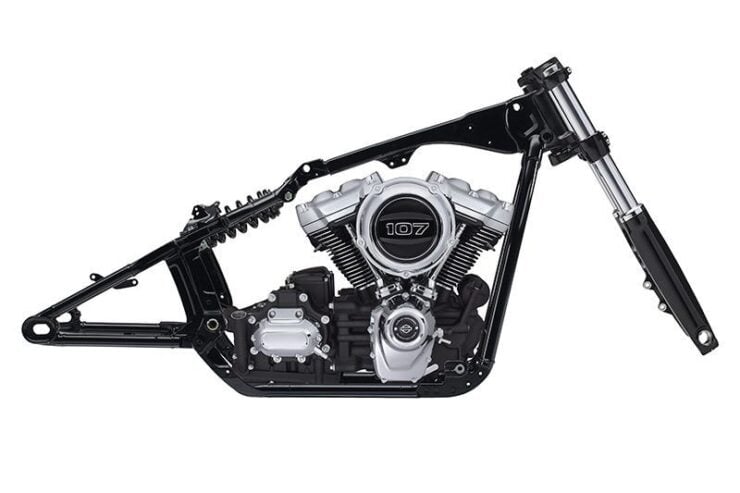

The hardtail rear end is a look that many motorcyclists love. You get that unbroken clean line between the steering head and the rear axle that has been a key defining characteristic of countless custom bobbers and choppers in the decades since WWII.
Originally, the hardtail wasn’t a stylistic choice but one born out of necessity. Early motorcycles were little more than bicycle frames with simple engines fitted, and the bicycles of the time had no front or rear suspension.
Over time it became clear that some suspension might be a good idea, at first it was added commonly to the front, and then when swing arm rear suspension became common place, it was slowly adopted.
American motorcycle manufacturers adopted the sprung rear end a little more slowly than their European counterparts, Harley-Davidson was still building hardtail motorcycles well into the 1950s.
It’s been said that the deluge of British motorcycles into the American market post-WWII essentially forced Harley’s hand – the British bikes typically had a lower curb weight, more advanced engines, and full front and rear suspension – as a result they became popular both for road and off road use.
Despite the implementation of rear suspension on production Harleys, starting in 1952 with the Model K, many owner preferred the hardtail look. It would form a key design characteristic of the bobber and chopper custom motorcycle scenes, and even today it’s still possible to buy brand new hardtail motorcycle frames for new custom motorcycle builds.
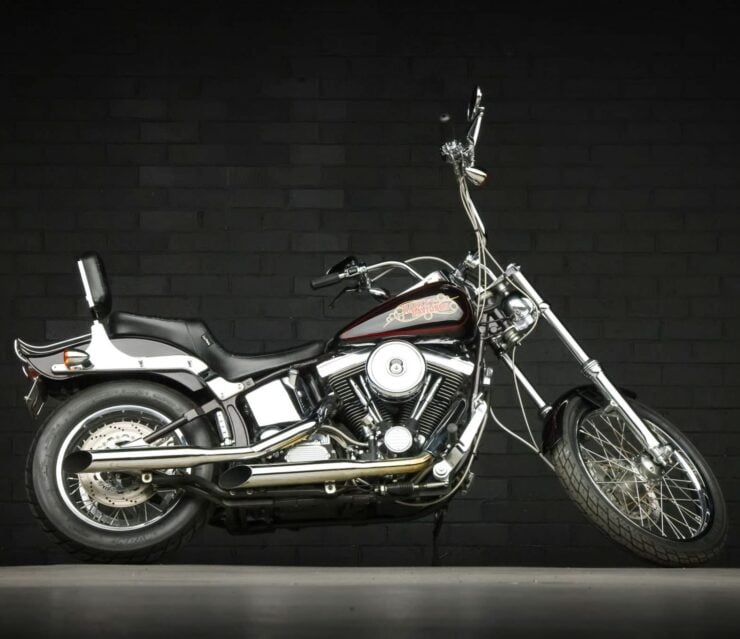

Bill Davis And The Softtail
In the late 1970s a mechanical engineer from St. Louis named Bill Davis began developing a new kind of motorcycle rear suspension.
It was somewhat influenced by the earlier designs used on some Vincent motorcycles, including the Black Shadow, but Davis went in a different direction – ultimately creating a new frame design that would be the most important new motorcycle chassis layout in modern Harley-Davidson history.
The Davis frame looked like a hardtail, at first glance anyway, because he used a cantilever rear swing arm that maintained the visual line from the steering head to the rear axle. Despite the looks, the design incorporated a hidden set of springs and shock absorbers under the gearbox and out of sight. This allowed a motorcycle to have a fully sprung rear while looking like a 1950s-era hardtail.
Davis patented his design and showed it to Willie G. Davidson in the mid-1970s. It’s clear that Willie G. liked it and he said that Harley was interested, but for a few years at least Davis would have to keep on developing the design himself.
By the early 1980s, after experimenting with similar designs in-house, Willie G. and the Harley bigwigs seem to haver come to the conclusion that the Davis design was ideal and couldn’t be improved upon. They officially bought the patents, tooling, and the prototypes in early 1982.
Above Video: This is a snippet from an interview with Steve Perry when he discusses leaving the band in 1987 and buying a Harley-Davidson – the bike you see in this article.
They wasted no time in Milwaukee with the new design, a production version was developed and it entered production just a few months later in mid-1983 as the Harley-Davidson FXST Softail.
This was a critical time for the company – fierce competition from Japan had eroded their marketshare significantly, and new innovations like the Softail, the FXR, and the new Evo V-twin engine, which all debuted around the same time, are widely believed to have saved the firm.
The Ex-Steve Perry 1987 Softail Custom Shown Here
The motorcycle you see here had an interesting start, it was bought off the showroom floor by Journey lead singer Steve Perry and it appears to have had quite an impact on his life, as you can see in the above YouTube interview snippet. It features a number of customizations over stock, with extended forks, a Screamin’ Eagle air filter, Performance Machine
brakes, braided brake lines, and updated indicators,
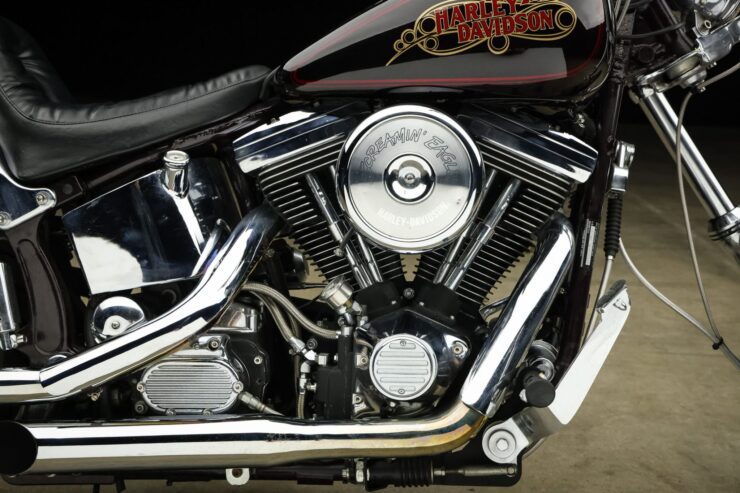

Journey enjoyed their most successful years with Perry as lead singer, he’s the one who sang “Don’t Stop Believin’” which is undeniably the band’s biggest hit, though there were many others. Perry would (temporarily) leave Journey in 1987 for personal reasons, the year he bought this Harley and set out on a period of self-reflection.
The bike has been well-preserved in the decades since, it did get ridden but not a whole lot, and it’s showing just 557 miles on the odometer. It’s now being offered for sale out of Thousand Oaks, California with a previous title in the name of Steve Perry, a clean California title, and no reserve price. If you’d like to read more about it or register to bid you can visit the listing here.
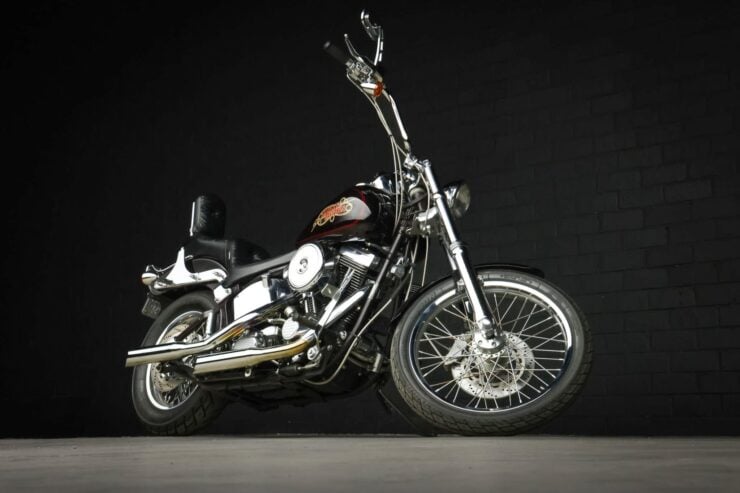
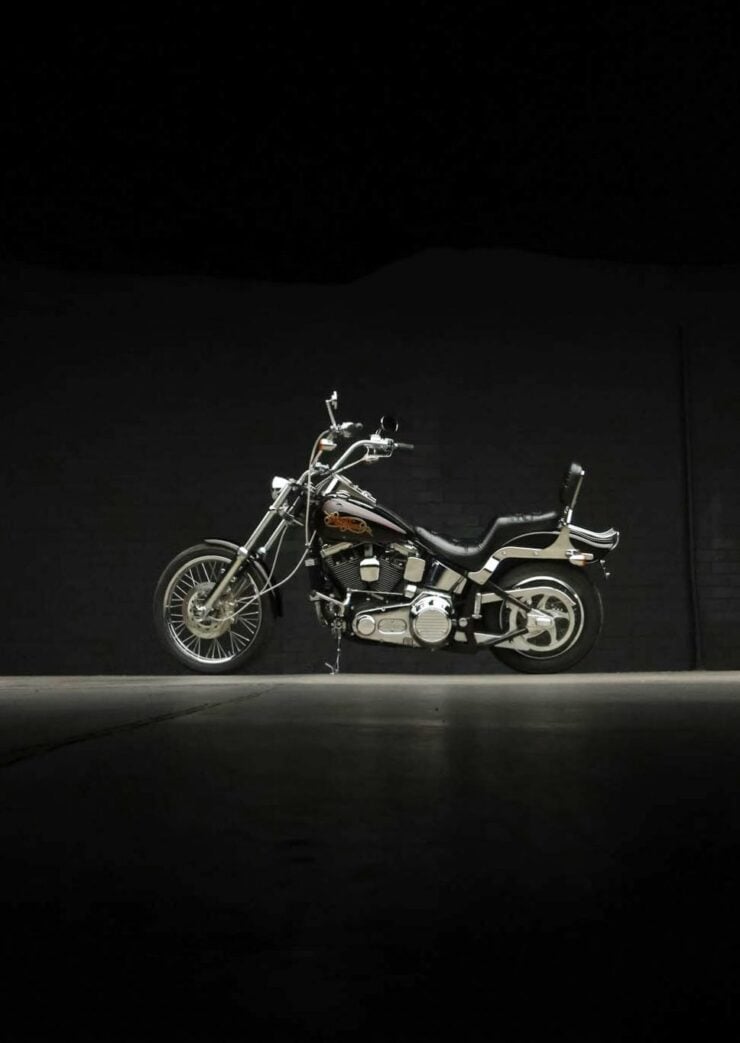
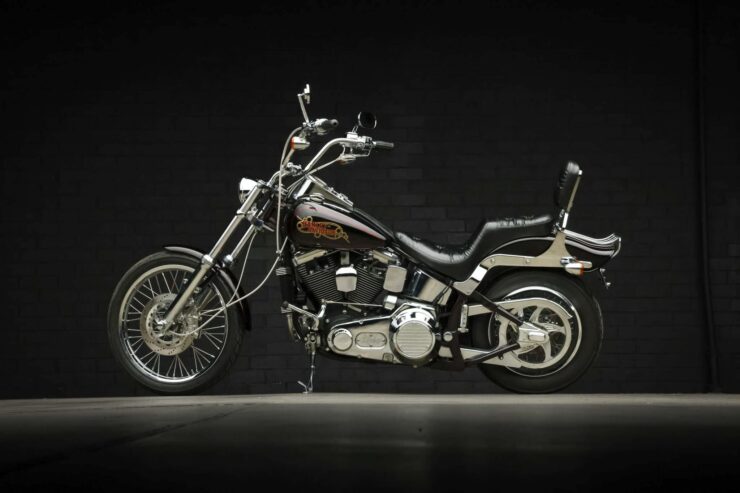
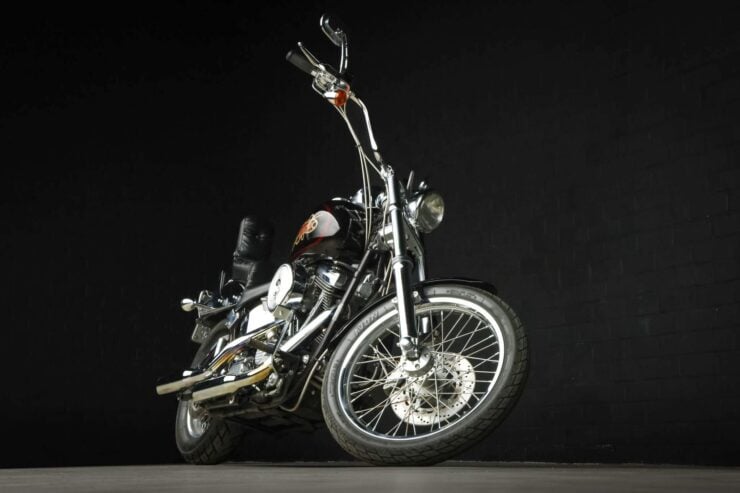
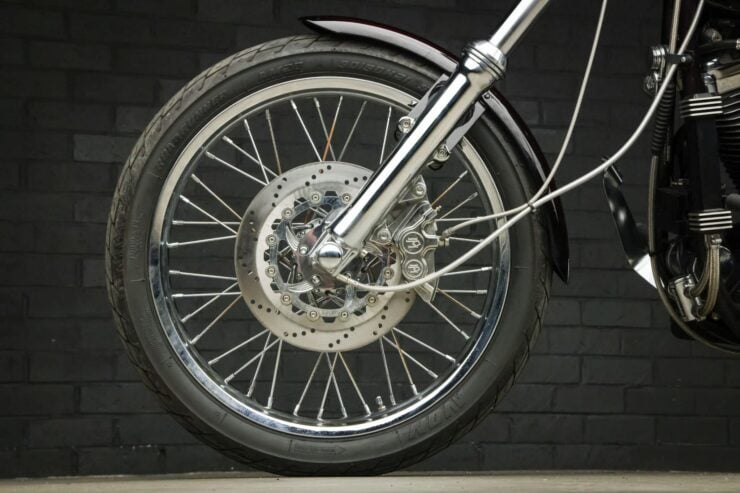
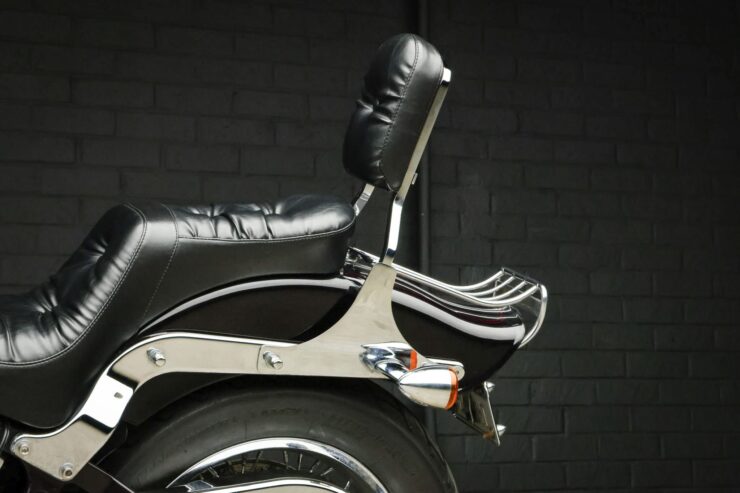
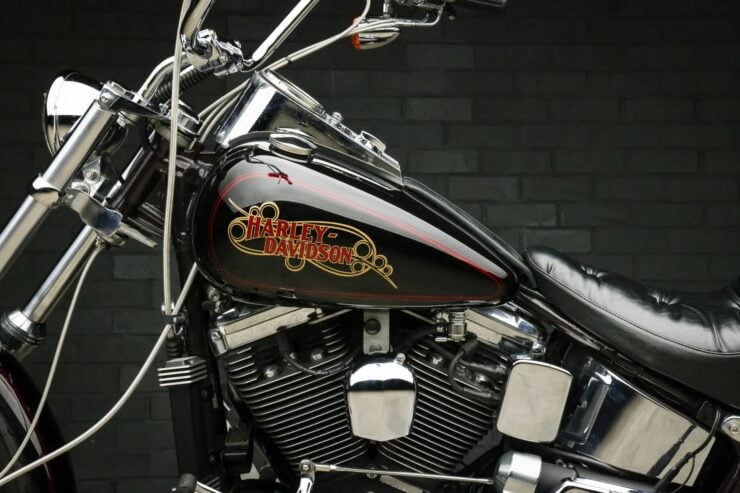
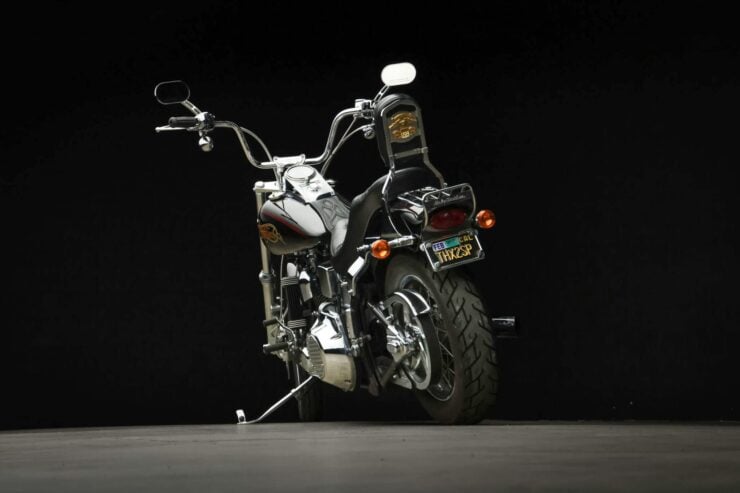
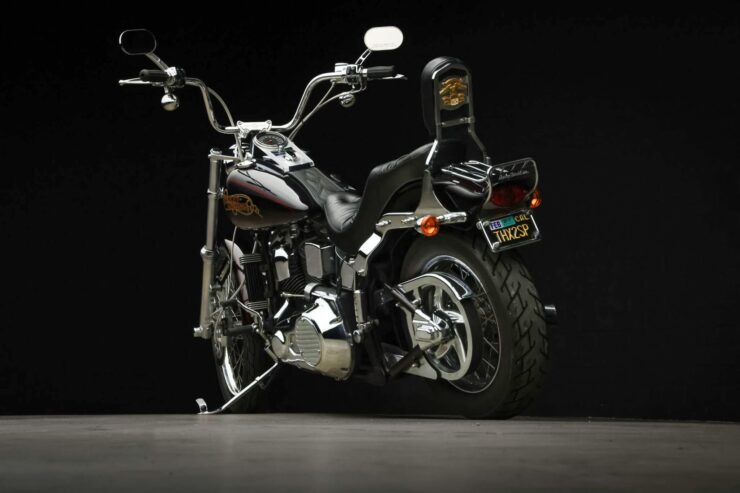
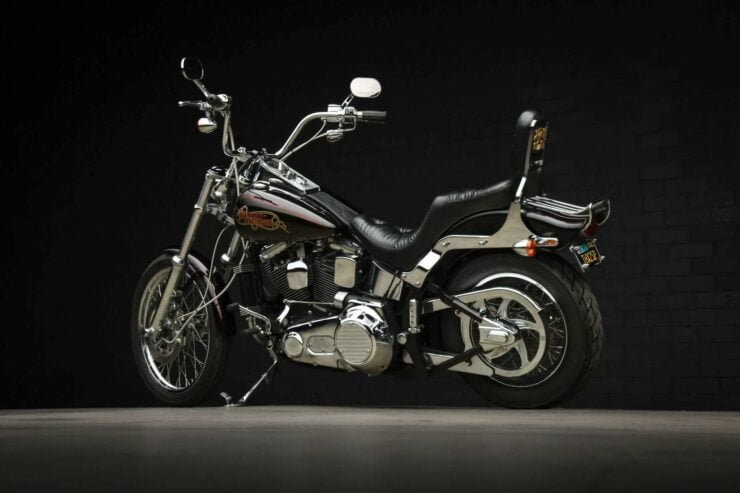
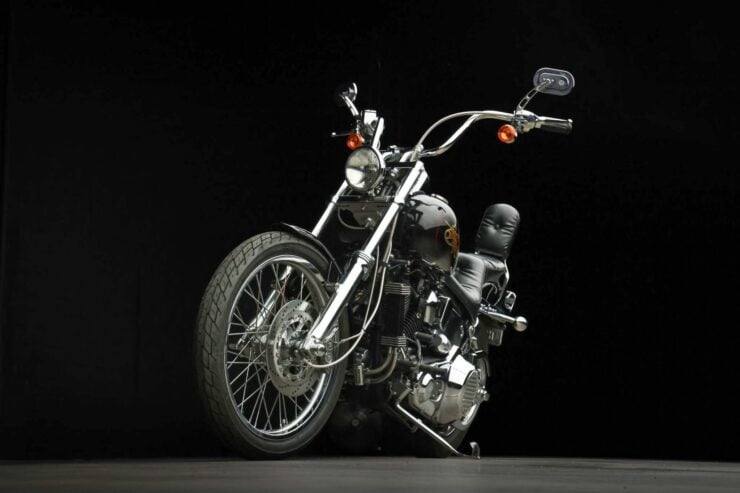
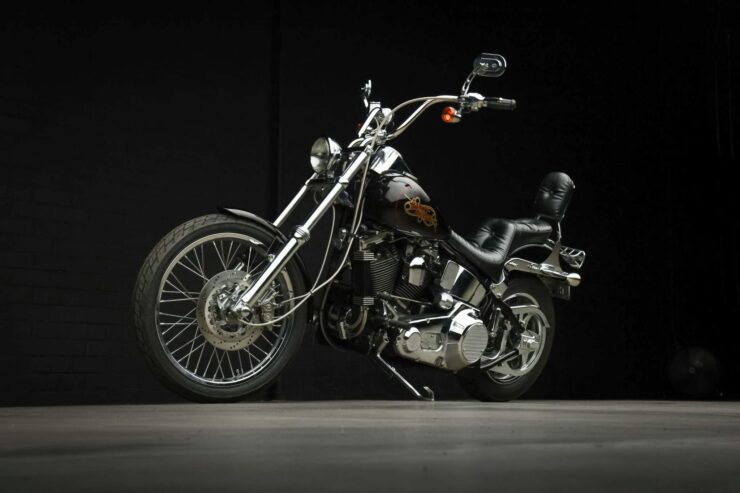
Images courtesy of Bring a Trailer

Articles that Ben has written have been covered on CNN, Popular Mechanics, Smithsonian Magazine, Road & Track Magazine, the official Pinterest blog, the official eBay Motors blog, BuzzFeed, Autoweek Magazine, Wired Magazine, Autoblog, Gear Patrol, Jalopnik, The Verge, and many more.
Silodrome was founded by Ben back in 2010, in the years since the site has grown to become a world leader in the alternative and vintage motoring sector, with well over a million monthly readers from around the world and many hundreds of thousands of followers on social media.

